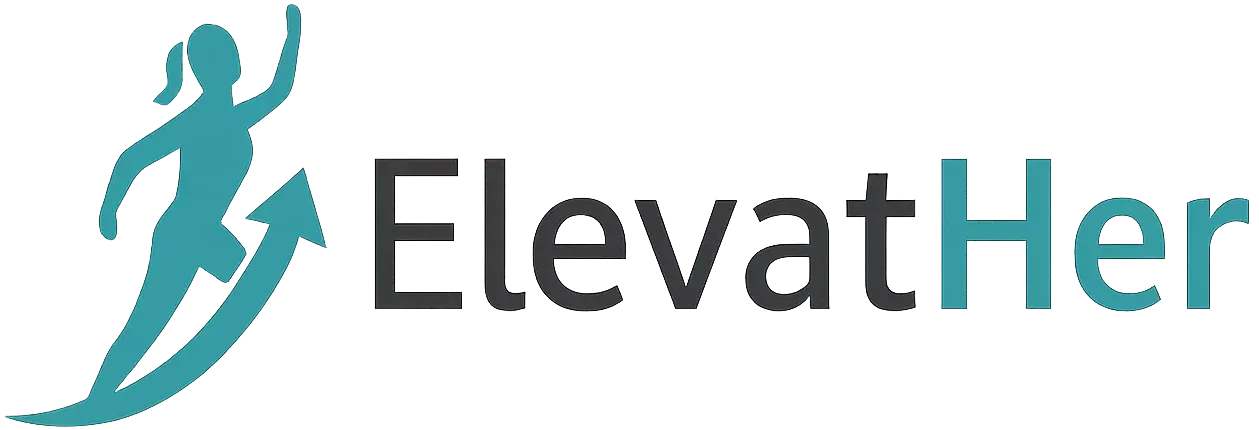This blog zooms out a bit and takes a big-picture look at the intersection of software, hardware, and human experience—perfect for readers who want to go beyond surface trends and understand the philosophical and structural shifts technology is driving globally.
Code, Chips, and Consciousness: How Tech Is Rewiring the World
In the 21st century, technology is no longer a sector—it is the system. It defines our economy, rewrites social norms, and reshapes how we think, feel, and interact. This isn’t just about the latest gadgets. It’s about the fusion of code (software), chips (hardware), and consciousness (human behavior and society).
So let’s unpack how this triad is changing the world—and what it means for the next era of human evolution.
1. Code: The New Language of Civilization
In the digital age, software is law. From your smartphone to your car to your fridge—everything runs on code.
Why Code Rules:
- It automates decision-making.
- It encodes values and priorities (algorithms decide what you see, buy, read).
- It scales infinitely—one line of code can affect millions.
From banking systems to dating apps, code doesn’t just serve society—it structures it.
The Future:
- No-code/low-code platforms: Empowering non-developers to build.
- AI writing code: GitHub Copilot, GPT-based tools—software writing software.
- Ethical coding: Questions around algorithmic bias and transparency are front and center.
2. Chips: The Invisible Infrastructure
Every digital experience is powered by semiconductors—tiny slices of silicon that act as the brains of modern electronics.
Without chips:
- There’s no AI.
- No internet.
- No smartphones, satellites, or streaming.
The Big Shifts:
- Moore’s Law is plateauing: We’re reaching physical limits in chip shrinking.
- Chip geopolitics: Nations now treat chip manufacturing as national security.
- Neuromorphic computing: Chips that mimic the brain’s neural structure.
As chips evolve, so will what’s possible—from edge AI to sustainable computing.
3. Consciousness: Tech and the Human Mind
Here’s the truth: tech doesn’t just change what we do—it changes who we are.
Think about:
- How social media rewires attention spans.
- How algorithms filter reality.
- How recommendation engines shape taste and opinion.
We are now in an era of engineered consciousness, where dopamine loops, digital fatigue, and curated realities redefine human psychology.
Key Issues:
- Digital wellness: Rising concerns over mental health and screen addiction.
- The attention economy: Your focus is the product.
- Digital identity: Are we our avatars? Our data? Our content?
The future of tech must consider not just function—but feeling.
4. The Rise of Ambient Technology
Tech is becoming invisible yet omnipresent. It’s in our homes, cars, clothes—even our bodies.
This is ambient computing: tech that blends into the background, always on, always sensing.
Examples:
- Voice assistants that anticipate your needs.
- Smart fabrics that monitor health.
- IoT ecosystems that control entire buildings.
We’re moving from interacting with tech to living inside it.
5. AI as Co-Pilot, Not Overlord
We often talk about AI replacing humans. But the next wave is about collaboration—machines as co-pilots, not overlords.
Future Roles:
- Creative assistants: AI helping writers, designers, musicians.
- Knowledge extenders: AI enabling instant, complex insights for doctors, scientists.
- Lifelong learners: AI that learns with you, adapts to you.
When humans + machines work together, the results are exponential.
6. Sustainable Tech: Green is the New Black
Innovation means nothing if it destroys the planet. Sustainable technology is no longer optional—it’s essential.
Key Trends:
- Green computing: Energy-efficient data centers and algorithms.
- Circular electronics: Devices designed to be reused, repaired, recycled.
- Carbon-aware software: Code optimized not just for speed, but for energy use.
The next wave of unicorns may not just be disruptive—they’ll be regenerative.
7. Open vs Closed: The Battle for the Future
Tech is at a crossroads: open ecosystems (decentralized, democratic, interoperable) vs. closed systems (controlled, optimized, monetized).
Flashpoints:
- Apple vs Android
- Web3 vs Web2
- Open-source vs proprietary AI models
The choices we make now will define who controls tech—and who benefits from it.
8. Education Rewired: The Learning Renaissance
Forget classrooms and degrees. Learning is becoming continuous, customized, and AI-driven.
EdTech Trends:
- Adaptive learning: Platforms that adjust to your pace and style.
- AI tutors: 24/7 personalized instruction at scale.
- Skill-first hiring: Portfolios and proof over paper credentials.
In the future, your education won’t end—it will evolve with you.
9. The Age of Techno-Humanism
Ultimately, we must ask: Are we building tech that serves humans—or one that replaces them?
Techno-humanism is the belief that technology should amplify human values, creativity, and purpose—not diminish them.
Guiding Questions:
- Is this making us more empathetic, creative, connected?
- Who is excluded from this technology?
- What does “progress” really mean?
The future belongs to those who merge technical brilliance with ethical clarity.
Conclusion: Don’t Just Use Technology—Understand It
Tech is no longer just a tool—it’s a force. A language. A lens. A landscape.
By understanding the interplay between code, chips, and consciousness, we empower ourselves to not only use technology but to shape it.
So as we race toward the future, let’s stay grounded. Let’s build not just smarter systems—but a wiser world.
Because the next big thing isn’t a gadget.
It’s a mindset.

